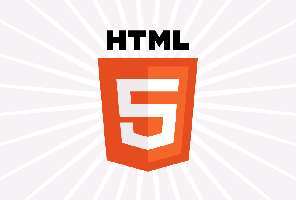| Intel pushes HTML5 for Cross Platform Development |
| Written by Alex Denham |
| Friday, 14 September 2012 |
|
Intel is planning tools for developing for HTML5 so you can write code for multiple environments. Intel is planning tools for programming in HTML5, which will be available ‘in the future’, according to a keynote at this year’s Intel Developer Forum (IDF) in San Francisco. The keynote, by Renée James, senior vice president and general manager of the Software and Services Group at Intel Corporation, was on the theme of transparent computing, where: “developers no longer have to choose one environment over another in order to maintain profitability and continue to innovate,” James went on to say that current devices and environments are wonderful but incompatible, and added: “What really matters is when all of these elements come together in a compelling and transparent cross-platform user experience that spans environments and hardware architectures. Developers who embrace this reality are the ones who will remain relevant.” This is hardly an earth-shattering revelation, but according to James, Intel believes one solution to the cross-platform challenge is HTML5. She acknowledged that HTML 5 has its problems, saying: “we all agree it's been very overhyped, and like most technologies early on it had some troubles." However, she also said that Mozilla is working in collaboration with Intel on a native implementation of the River Trail parallel extensions for JavaScript, and that the work is available now for download as a plug-in. It will be added as part of the native Firefox browsers in 2013 making Firefox apps able to use parallel computing power. River Trail was started at Intel Labs and provides parallel data processing for web applications so that JavaScript code runs faster on multi-core processors, removing one of the major causes for apps to run slowly in browsers. Alongside the Mozilla announcement, James said that Intel is working on specific cross-platform development tools based on HTML5 to help developers write applications across multiple environments, with support for iOS, Android, Windows, and Tizen. James also announced an HTML5 Intel Developer Zone to give developers a single point of access to tools, communities and resources, guiding developers through actual deployments of HTML5 apps on iOS, Android, Windows and Tizen. Visit IDF Keynotes to view the three keynote presentations from this week's event.
More InformationRelated ArticlesWhich HTML5? - WHATWG and W3C Split
Comments
or email your comment to: comments@i-programmer.info
To be informed about new articles on I Programmer, install the I Programmer Toolbar, subscribe to the RSS feed, follow us on, Twitter, Facebook, Google+ or Linkedin, or sign up for our weekly newsletter.
|
| Last Updated ( Friday, 14 September 2012 ) |



